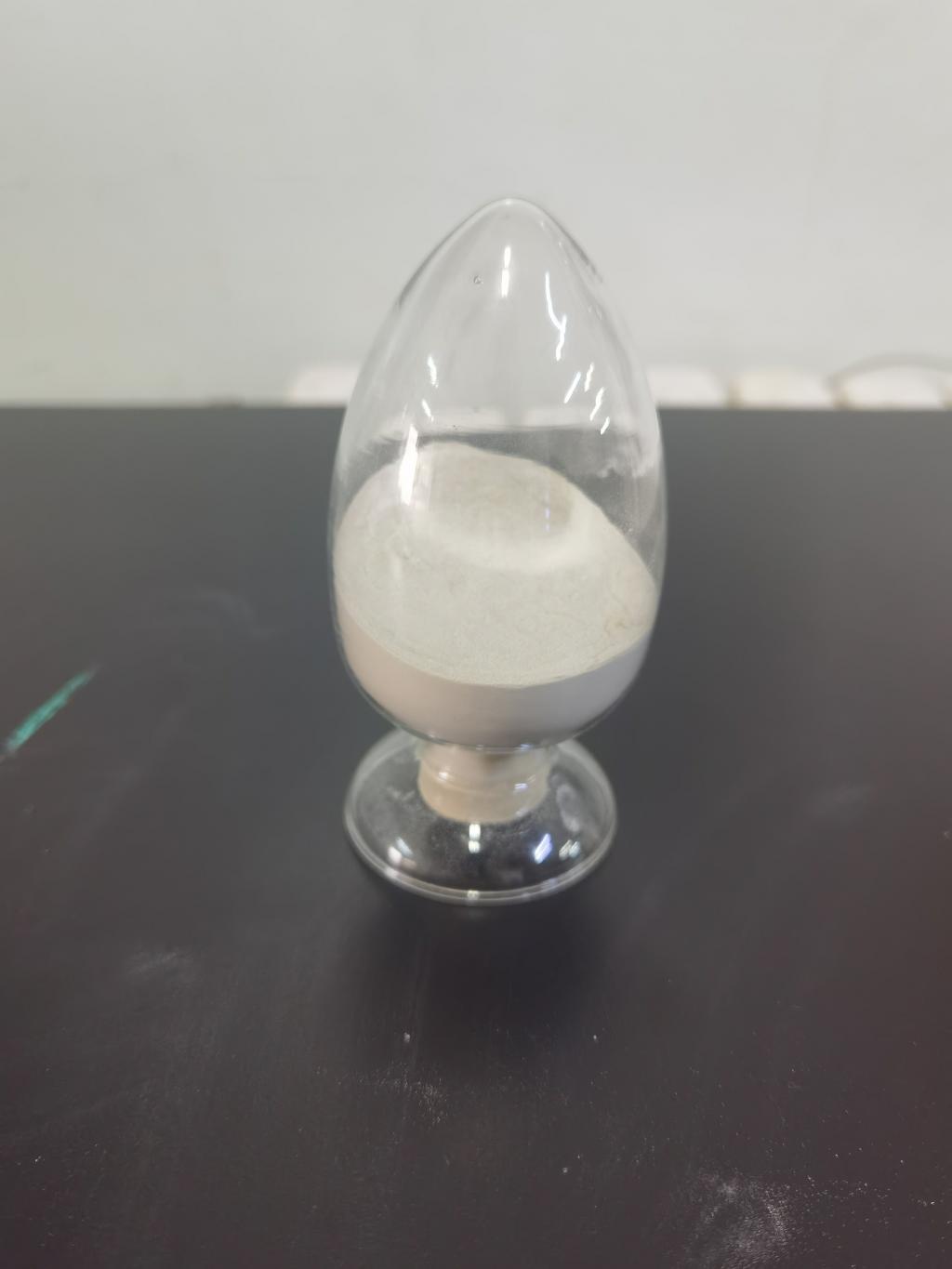Tel:+8618231198596

News
 CONTACT
CONTACT
 CONTACT
CONTACT
- Linkman:Linda Yao
- Tel: +8618231198596
- Email:linda.yao@dcpharma.cn
- Linkman:CHARLES.WANG
- Department:Overseas
- Tel: 0086 0311-85537378 0086 0311-85539701
News
Current Position:
Home >
News
>Nisin's Role in Addressing Health Disparities Through Accessible Food Safety
Nisin's Role in Addressing Health Disparities Through Accessible Food Safety
TIME:2024-02-21
I. Health Disparities and Food Safety:
a. The Link Between Socio-economic Status and Health:
Health disparities are systematic differences in health outcomes that are closely tied to social, economic, and environmental factors. Socio-economic status plays a pivotal role in shaping access to resources, including safe and nutritious food. Individuals in lower socio-economic strata often face challenges in securing food that meets safety standards, leading to an increased risk of foodborne illnesses.
b. Importance of Food Safety in Underserved Communities:
Access to safe food is a basic human right and a key determinant of overall health. In underserved communities, inadequate access to safe food contributes to a higher prevalence of foodborne diseases, perpetuating existing health disparities. Addressing food safety in these communities is integral to promoting equitable health outcomes.
II. Nisin as a Natural Antimicrobial Peptide:
a. Understanding Nisin:
Nisin is a naturally occurring antimicrobial peptide produced by certain strains of lactic acid bacteria. It has been widely used as a food preservative due to its ability to inhibit the growth of bacteria, including harmful pathogens. Nisin's natural origin and safety profile make it an attractive option for enhancing food safety, particularly in communities facing health disparities.
b. Targeting Pathogens Responsible for Foodborne Illness:
Nisin's antimicrobial properties make it effective against a broad spectrum of bacteria, including those responsible for common foodborne illnesses. Its ability to target pathogens ensures that the food supply remains safe for consumption, reducing the burden of foodborne diseases in vulnerable communities.
III. The Accessibility Challenge:
a. Economic Considerations:
In addressing health disparities, economic factors often pose significant barriers. Affordability and accessibility of food safety interventions are crucial considerations. Nisin, being a natural peptide, offers a cost-effective solution compared to some synthetic preservatives, making it more accessible to communities with limited financial resources.
b. Integration into Local Agricultural Practices:
Community engagement and integration of Nisin into local agricultural practices are essential for ensuring accessibility. Collaborative efforts with community members, farmers, and local authorities can facilitate the adoption of Nisin as a sustainable and culturally relevant solution to enhance food safety.
IV. Case Studies and Success Stories:
Highlighting case studies and success stories where Nisin has been successfully implemented in underserved communities can provide tangible examples of its impact. Showcase instances where Nisin application has led to a reduction in foodborne illnesses, improved food security, and empowered communities to take control of their food safety.
V. Community Empowerment and Education:
Empowering communities through education on safe food handling practices and the benefits of Nisin application is crucial. Community-led initiatives that focus on training, awareness campaigns, and skill-building can create a sustainable impact, promoting long-term improvements in food safety.
VI. Challenges and Considerations:
While Nisin holds promise in addressing health disparities through accessible food safety, it's essential to acknowledge potential challenges. These may include regulatory hurdles, the need for tailored educational programs, and ongoing research to optimize Nisin application in diverse cultural and agricultural contexts.
VII. Policy Implications and Advocacy:
Advocating for policies that support the use of natural antimicrobials like Nisin in agriculture can contribute to addressing health disparities. Policy changes that promote sustainable farming practices, subsidize the adoption of safe food technologies, and prioritize food safety in underserved communities can have a lasting impact.
VIII. Future Directions and Collaborations:
Explore potential future directions for research, collaborations, and innovations in the field of Nisin application for accessible food safety. Consider the role of technology, partnerships with local organizations, and the development of scalable models that can be adapted to different community settings.
Conclusion:
In conclusion, Nisin's role in addressing health disparities through accessible food safety is a promising avenue for creating positive change. By leveraging the natural properties of Nisin, we have the opportunity to enhance food safety in underserved communities, ultimately contributing to a more equitable distribution of health resources. As we navigate the complex landscape of health disparities, embracing innovative and accessible solutions like Nisin can pave the way for a healthier and more just future for all.
- Tel:+8618231198596
- Whatsapp:18231198596
- Chat With Skype







